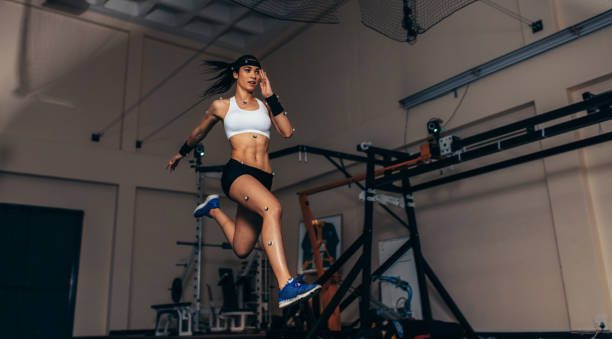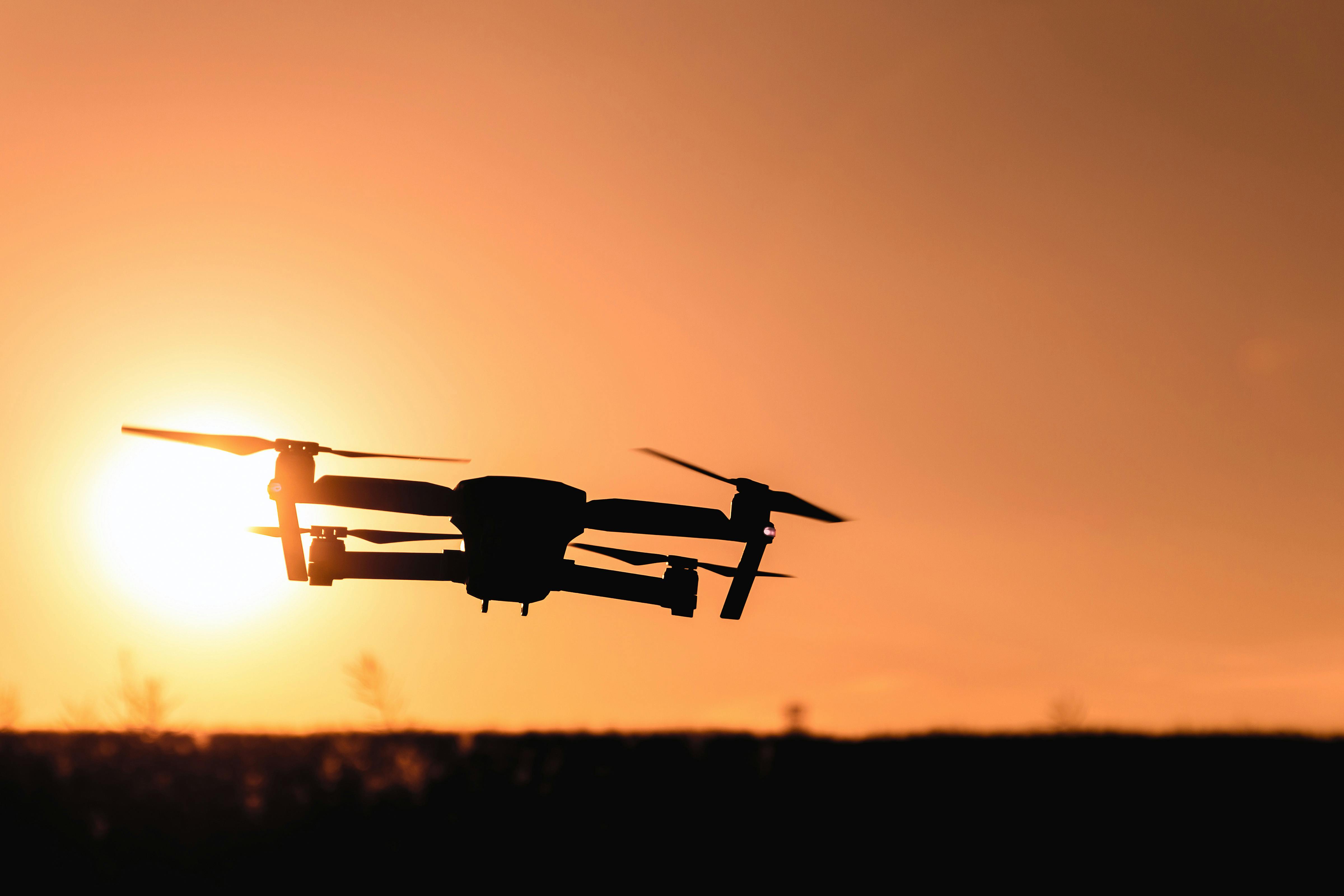Breaking Down the Science of Biomechanics in Sports
Introduction With athletes continuously pushing their limits, the understanding of how the body moves in sports, known as sports biomechanics, has become instrumental in enhancing performance and reducing injuries. This article delves into the intricate world of sports biomechanics, examining its roots, notable developments, and how it shapes the future of athletic performance.

A Historical Overview of Sports Biomechanics
Sports biomechanics is not a new concept. The ancient Greeks, including Aristotle and Archimedes, pioneered the earliest studies of human movement and mechanics. However, it was not until the 19th century that Etienne Jules Marey, a French scientist, used chronophotography to analyze motion and muscle function in athletes, marking the birth of modern sports biomechanics.
Decoding Biomechanics: The Interplay of Physics and Biology
Sports biomechanics draws on the principles of physics to understand how forces such as gravity, friction, and the body’s inertia affect movement. For instance, understanding how to manipulate these forces can help a high jumper clear greater heights or a sprinter shave precious seconds off their time.
The Role of Biomechanics in Injury Prevention
One of the most critical applications of biomechanics in sports is injury prevention. By analyzing an athlete’s movement patterns, experts can identify potential risks and develop strategies to mitigate them, from modifying training routines to recommending changes in equipment.
From Theory to Practice: Biomechanics in Action
Biomechanics is no longer confined to research labs. More and more, coaches and athletes are using biomechanical analysis to refine technique, improve efficiency, and optimize performance. From golf swings to gymnastic routines, the principles of biomechanics are transforming how athletes train and compete.
Looking Forward: The Future of Sports Biomechanics
With advancements in technology, the future of sports biomechanics promises to be even more exciting. Wearable devices and motion capture systems are making biomechanical analysis more accessible than ever, opening up new possibilities for understanding and enhancing athletic performance.
Conclusion
From its origins in ancient Greece to its growing influence in contemporary sports, biomechanics has revolutionized our understanding of human movement. As technology continues to evolve, so too will the potential of biomechanics to shape the future of sports. As athletes strive for new records and safer performances, we can expect sports biomechanics to play an increasingly significant role in their journey.





